1:are trapdoor spiders dangerous
2:where do trapdoor spiders live
3:what do trapdoor spiders eat
4:are trapdoor spiders dangerous
Trap-door spider, any member of the spider family Ctenizidae and certain members of the families Antrodiaetidae, Actinopodidae, and Migidae (order Araneida). Trap-door spiders construct burrows in the ground; at the entrance they build a silken-hinged door. The spider feeds by quickly opening the trap door and grabbing an insect that is passing close by.
The ctenizids, the best-known trap-door spiders, have a special row of teeth adapted for digging. The body, 2.5 cm (one inch) or more in length, is usually dull brown in colour. The legs are relatively short. Ctenizids are common in the southwestern United States and in tropical and subtropical regions.
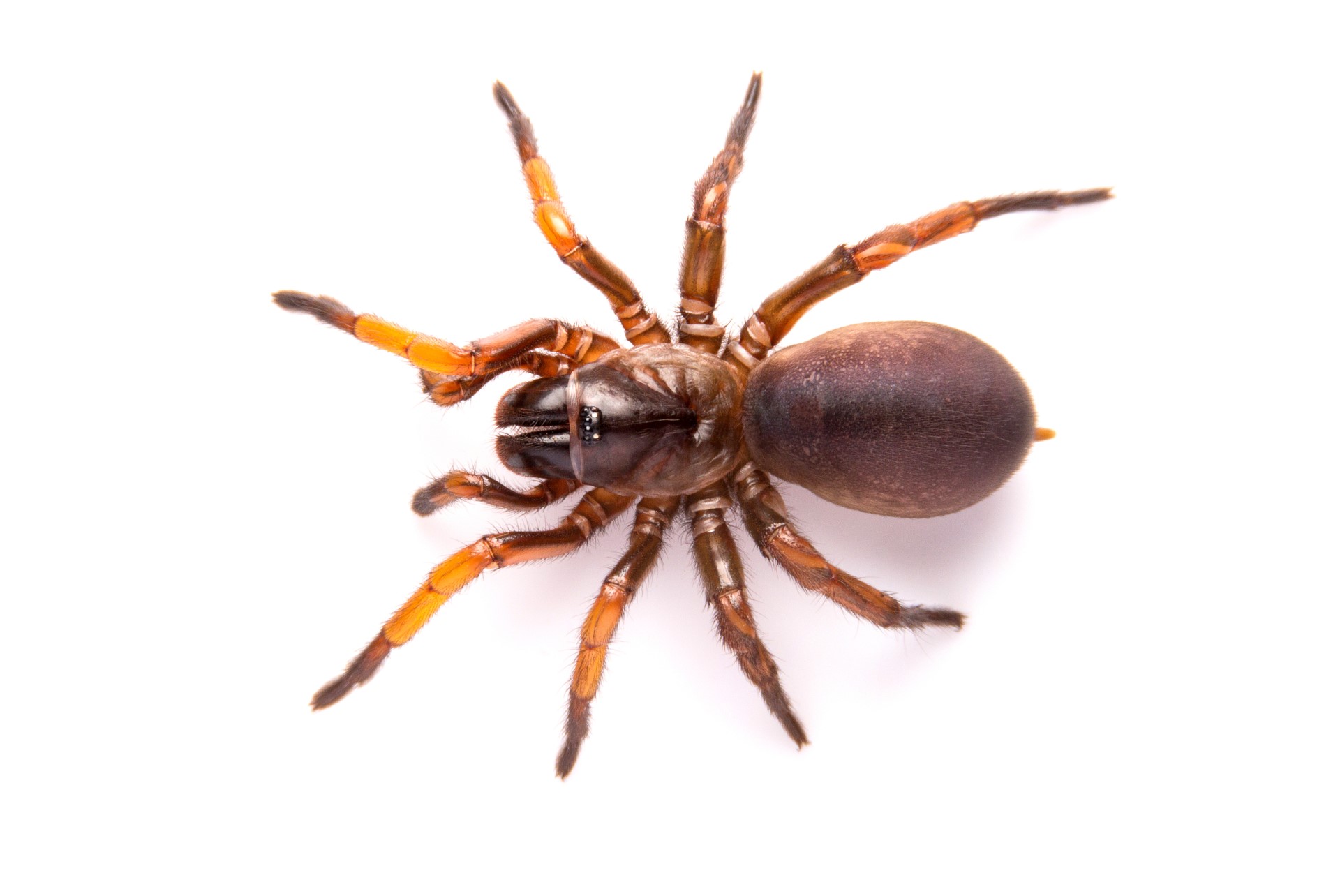
What Is A Trap Door Spider?
What is a Trap Door Spider? Within the animal kingdom lies a species of spider so unique it is like no other species of spider. This spider is called the trapdoor spider. They are a type of spider that spends much of its life in a burrow underground. They are very different to traditional spiders. Instead of spinning a web and catching prey, they make a burrow. These burrows are around 30 centimeters deep and 5 centimeters long. The front of their burrows are equipped with a trapdoor surrounded with camouflage to seem unsuspecting to their prey. This trapdoor is what they hide behind just before they come out and kill their prey. Trapdoor spiders are known to be larger than other spiders. Some can grow to be 4 centimeters long, the size of a small tarantula!
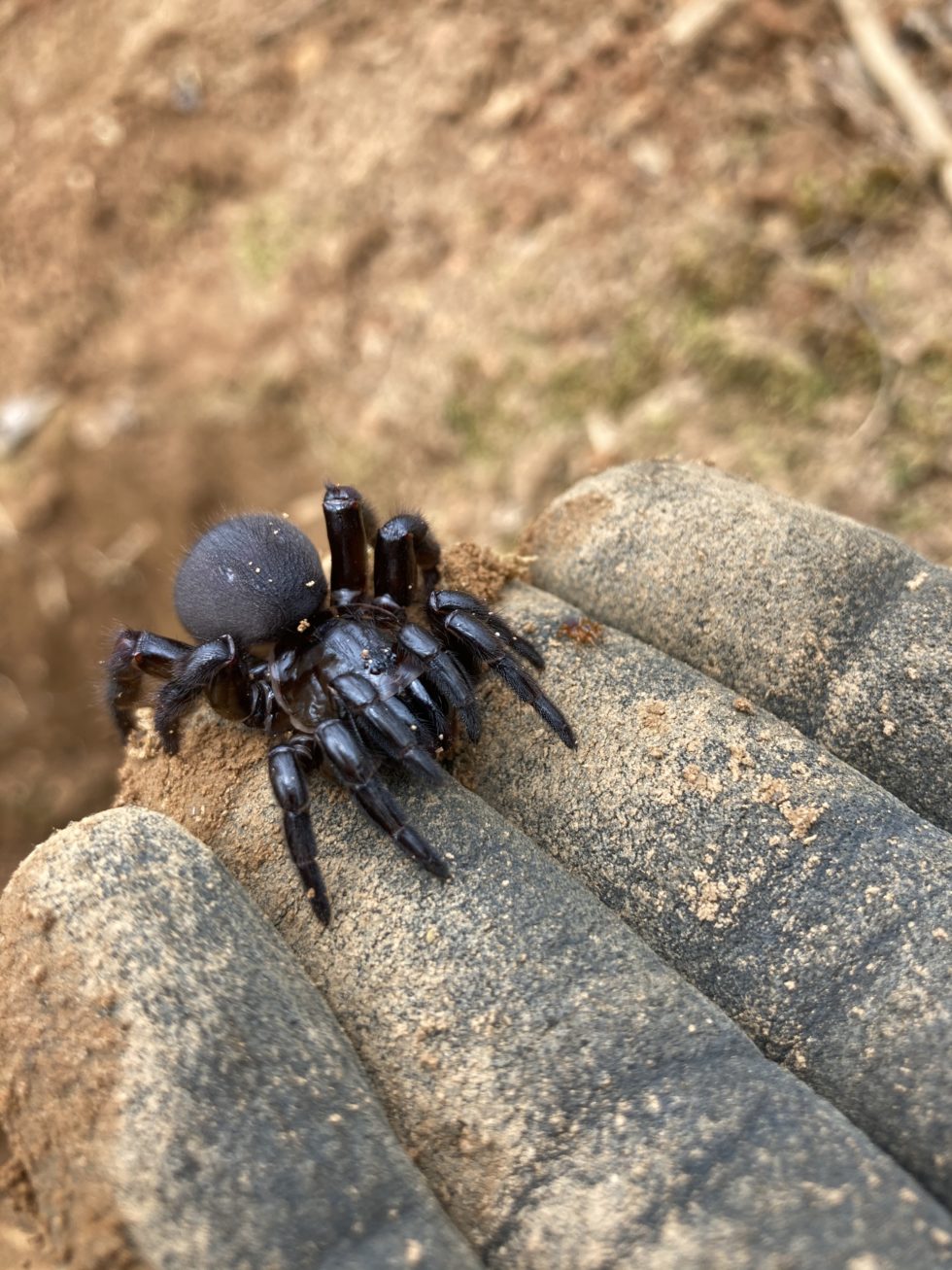
Why Do These Spiders Live in a Burrow?
The burrow provides protection for the spider from the elements and other predators. They start making their burrows from the start of birth. There unique set of legs allows them to build well-constructed burrows. Once the initial tunnel has been constructed, it is reinforced with a coating of a mixture of earth and saliva. Next a layer of silk is added, this being spun in one piece. The trap door itself is constructed with their webbing and the earth around the burrow.
What Do Trap Door Spiders Eat?
Trapdoor spiders eat a variety of insects, including grasshoppers, crickets, and even preying mantes. They also enjoy more than just insects, they have also been known to consume frogs, baby birds, baby snakes, mice, and even small fish. When the spiders feel vibrations caused by passing prey, they will leap out, capture the prey, and take it down into the burrow. They stay inside their burrow for most of their lives. The only ones who leave the burrow, are the males to find females to mate with.
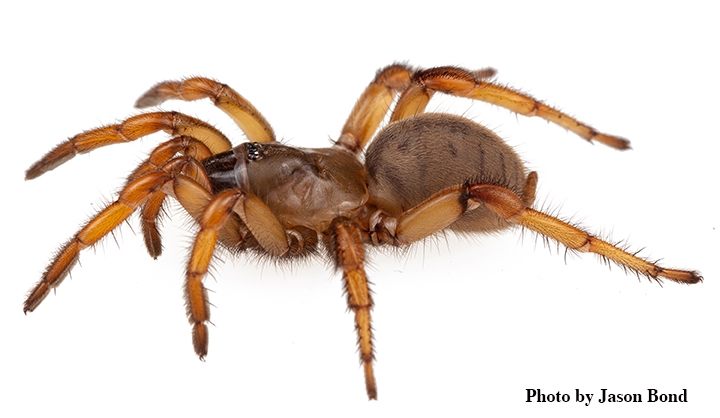
How Long Does A Trap Door Spider Live?
Trapdoor spiders can live for a long time. The average life span of a trap door spider is 5 to 20 years. Compared to house spiders whose average lifespan is 1 to 2 years.
Are Trap Door Spiders Dangerous To Humans?
Their venom is non-fatal to humans, however, if bitten it is very painful. Their fangs are larger than other species of spiders, so this makes their bite more painful. They are known to be aggressive spiders, however, if left alone they will not chase you.
Do you have very large spiders around your home? Contact us today and get a Free Inspection from U.S. Pest Protection. Our professionals will confirm whatever pest you have and provide a solution and service necessary.
are trapdoor spiders dangerous
Trapdoor spiders are non-aggressive and harmless to humans but as with any spider bite, it may sting. If you are lucky to have them on your property, they will help rid it of crickets and other pesky insects. References University of California, Irvine, Department of Entomology – Trapdoor Spiders.
I have not seen any first hand accounts on toxicity, but the general consensus is that a bite will probably land you in the ER and have lasting effects. As far as what those effects are? I could never find any info on that one.
If my trapdoor escaped I’d be scared , it’s a monster from hell. Check your shoes before you put them on. Check all the low areas of your living area, these spiders can’t climb well at all. Check behind your fridge and oven and the backs of closets. And use a long stick, not your hands.
where do trapdoor spiders live
Most trapdoor spiders inhabit tropical regions throughout the world. Some species are common in the southern and western United States, and a few are seen in southern Europe. They occupy a range of habitats from shady riverbanks to open desert, often preferring steep slopes and loose or sandy soil.
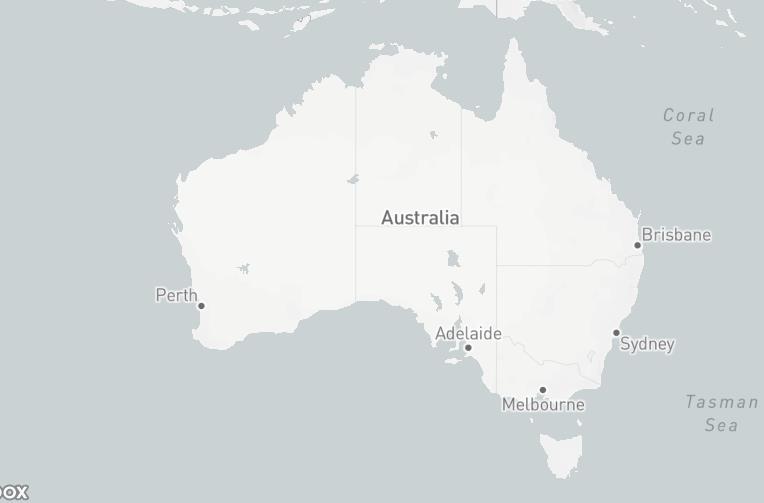
Misgolas group spiders are found in eastern Australia, especially in coastal and highland regions of New South Wales and Victoria. M. rapax is the common Brown Trapdoor Spider around Sydney. Aganippe group spiders are found across southern Australia west of the Great Dividing Range and include the Adelaide Trapdoor Spider, A. subtristis.
what do trapdoor spiders eat
Trapdoor spiders prey on large terrestrial arthropods, and even occasionally on small lizards . They themselves are preyed on extensively in some areas by parasitic wasps of the family Pompilidae. Perhaps the most interesting aspect of these spiders is their architecture.
are trapdoor spiders dangerous
Since the trapdoor spiders in California make their burrows along slopes in native chaparral and forest habitats, their distribution tends to be localized. Because of development, their habitats may be subject to destruction; these spiders would not be considered pests but a species to protect. Trapdoor spiders are non-aggressive and harmless to humans but as with any spider bite, it may sting. If you are lucky to have them on your property, they will help rid it of crickets and other pesky insects. References University of California, Irvine, Department of Entomology – Trapdoor Spiders. Natural History Museum of Los Angeles County – Spider Identification.
Although often mistaken for funnel-web spiders, the bite of a trapdoor spider is not dangerous, but may be painful and cause some local swelling. Apply a cold pack to relieve pain and seek medical attention if symptoms persist.
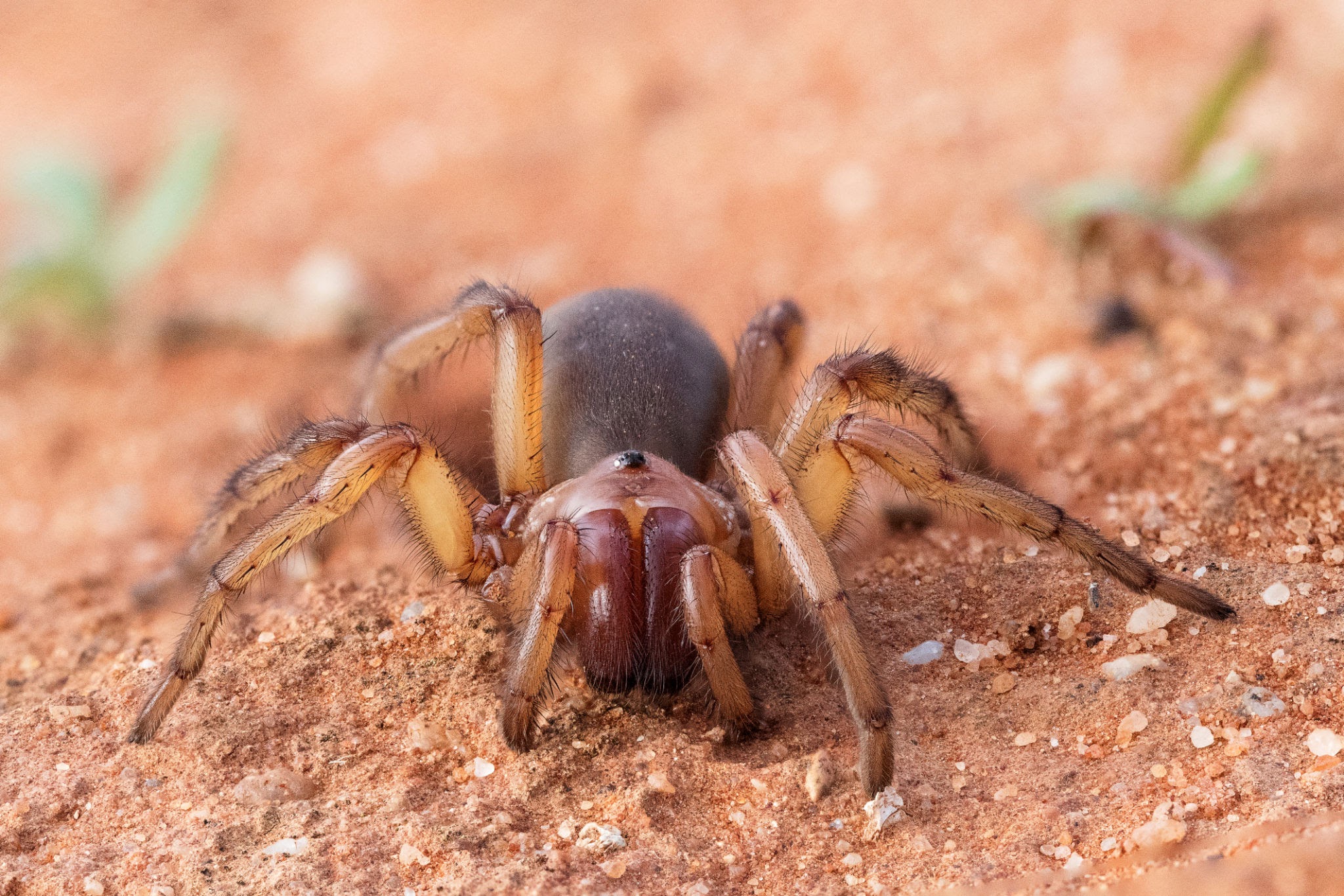
Feeding and diet
Common prey items include crickets, moths, beetles and grasshoppers, taken near the entrance to the burrow. Predators of Trapdoor Spiders can include birds, bandicoots, centipedes, scorpions, parasitic wasps and flies.
Parasitic Flies
Many species of flies love to parasitise spiders. In fact the family Acroceridae (small-headed flies) focus entirely on spiders.
Females dump batches of eggs near appropriate spider hosts, sometimes even in their webs. Newly hatched larvae penetrate through the leg joints of spiders , sometimes moving to the book lung area, where they enter a period of arrested development (diapause) that may last years while the spider feeds and grows.
Milichiidae flies are kleptoparasites and often steal food from spider webs and directly from the mouth of spiders.
Breeding behaviours
Mature male Trapdoor Spiders wander during humid weather in search of a mate. Mating takes place within the female’s burrow. The male usually escapes being eaten in order to mate with several females, before dying.
The female will lay her eggs several months after mating, and protects them within her burrow. When the juveniles have hatched, they remain for several months before dispersing on the ground. They will then make their own miniature burrows. Each time the spider grows bigger, it has to widen its burrow and, in the door-building species, add another rim to the door. In undamaged trapdoors, annual concentric rings can be seen.
Trapdoors have a long life span, between 5 to 20 years, and take several years to reach maturity. Females stay in or near their burrows, whereas males leave their burrows once mature, and go in search of a mate.
Management
In urban areas Brown Trapdoor Spiders probably play an important role in controlling garden pests, and since they are not considered to be a major threat to humans, it is best just to leave them alone.
Danger to humans
Brown Trapdoor Spiders are often mistaken for Funnel-web spiders but their bites are not dangerous. Local pain and swelling may occur. Sigillate Trapdoor Spider bites may also cause local pain and swelling. There is one report of unspecified ‘severe effects’ from a Sigillate Trapdoor Spider bite.
Seek medical attention if symptoms persist. Collect spider for a positive identification.
